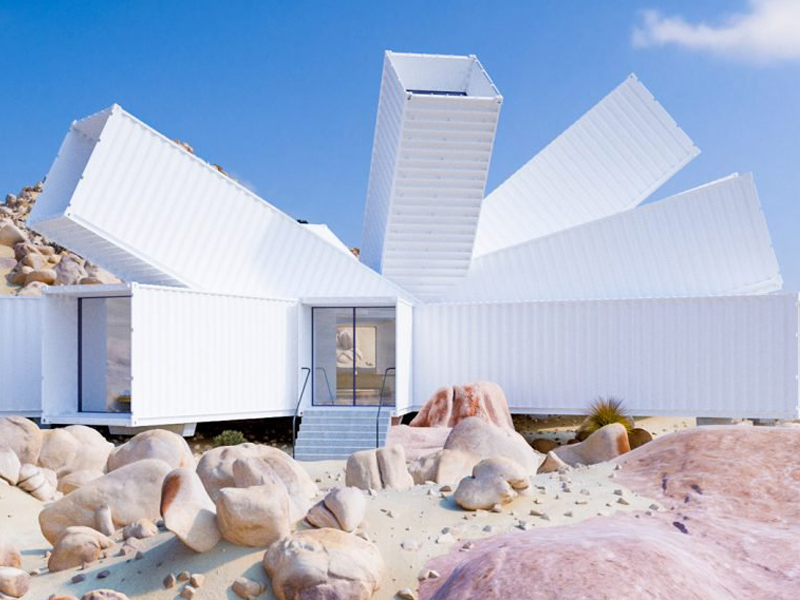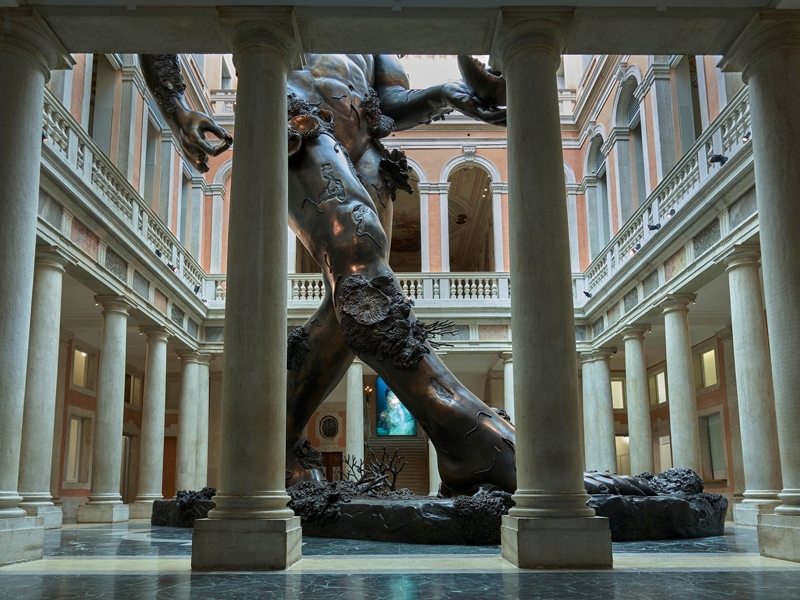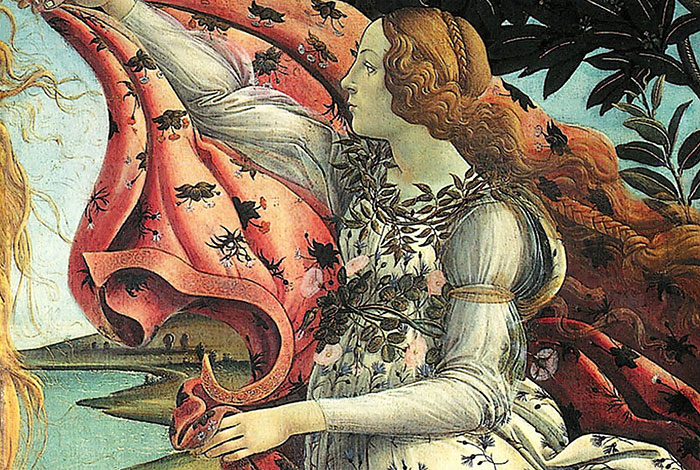
Decentralisation in Action: A Gallery in Dnipro
The director of the space Irina Plikarchuk and cultural projects coordinator Vita Popova are talking about attracting an audience, contemporary art and the importance of the education component.
Decentralisation
Initially, we set ourselves a goal of taking the leading position in contemporary art and culture in Dnipro Region. We began to engage artists, curators and cultural activists from across the country to bring their exhibitions and lectures or create unique projects that focus on the history or the present of Dnipro. It was important for us—and remains an important aspect of our work—to challenge the stereotype of the industrial city as being insufficiently developed in terms of culture and lacking a creative environment.
Some of our projects, such as the Dnipro School of Photography, as well as exhibitions by young artists who live and work in the region, such as Mykyta Shalenyi, show that the city has potential. Artsvit is an example of the decentralisation of culture in Ukraine, as there is a tendency to view Kyiv as the capital in all respects, and most institutions are located there.
Local Context
Work on the local context is divided into two parts: research projects and residencies for young artists who in one way or another work with the historical or the contemporary Dnipro. The former includes, for example, the above-mentioned Dnipro School of Photography, a project that explores the unique and still not widely known phenomenon of the 1970s and 1980s. With regard to residencies, it is the project of Alisa Oleva, in which she used “walking art”, i.e. walking as an artistic strategy, and During the War by David Chichkan.
Education
Education is a very important, and even indispensable, part of our work. We decided that we could not show contemporary art by just hanging works of art on the walls or placing installations in the centre of the gallery. We must explain, hold lectures. This is how our educational projects were conceived.
Another important initiative for us is Artsvit for children. The project has been in the works since the opening of the gallery and has had a variety of formats. Its main goal is to teach children not how to draw but how to be open to art, as art is a special language, and it is well-established that it is better to start learning a language at an early age. Every semester the programmes end with an exhibition. In the past, they were very small, but last autumn, the children’s final project occupied the entire exhibition gallery space. The works of our students were a window into the world of the subconscious, their drawings are devoid of stereotypes that we absorb in adulthood. That is why the exhibition was a valuable experience for children and adults alike.
Interdisciplinarity and Audience
Although in 2013 Artsvit was conceived as a traditional gallery, today it has turned into more of a platform or centre that is in the process of being reformatted and which offers very diverse events. We have come to the social and critical area of our work: within the walls of Artsvit, we and our partners hold lectures dedicated to gender topics, human rights and urban interventions. We also adhere to this direction when planning exhibitions, as this is relevant in the global context and in the context of Ukrainian culture. Moreover, different areas of activity attract different audiences. For example, we have a cinema club and part of its audience is sometimes unaware of exhibitions until it comes to our space to see a film.
International Cooperation
Work in this area offers two indisputable advantages: financial support and the possibility to bring artists from other countries to Dnipro. For example, we wanted to invite the artist Imke Rust (Germany/Namibia), for a lecture on working with urban spaces, to share her experience of pursuing cultural projects in Namibia and create a project in our city. To implement this, we cooperated with the German Consulate, and the Consul General suggested another participant for the project, the Azerbaijani curator Sabina Shikhlinskaya. The Azerbaijani Youth Union of Ukraine also got involved in the project. Thus, we held—and we hope to carry on with it—the Dialogue discussion platform dedicated to the city and to the art—the wooden sculptures of Imke Rust in the centre of Dnipro. Soon, we will hold an exhibition by young artists from Azerbaijan.




